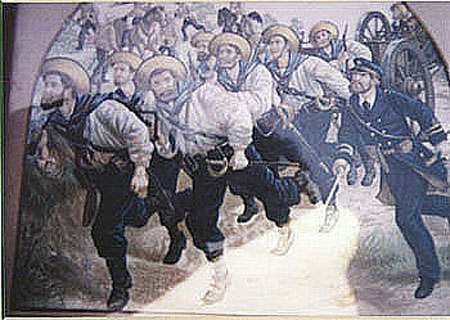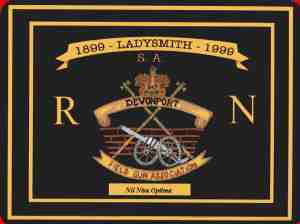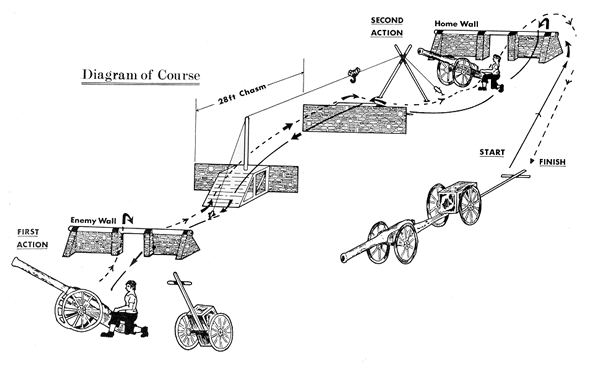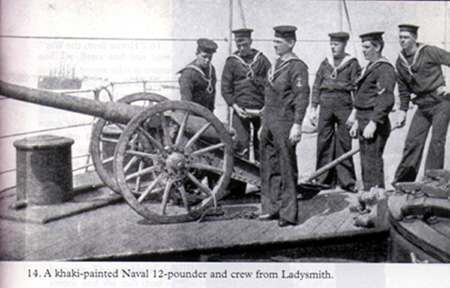 IT is ten years since the Royal Navy Field Gun Competition was last run at the Royal Tournament.
IT is ten years since the Royal Navy Field Gun Competition was last run at the Royal Tournament.
But to all who saw it, it will live long on the memory. It was the last word in extreme sports – to get into the Portsmouth, Devonport or Fleet Air Arm team you needed the strength of a rugby league player, the fighting sprit of a pit bull terrier, and no little skill and coordination.
Then you had to undergo a ten-week training regime that made the Parachute Regiment induction look like a Jane Fonda workout for senior citizens. (Some field gunners took pride in putting the Paras in their place during post-tournament punch-ups.) Then you had to compete against equally highly trained and pumped-up opponents at the tournament itself.
Each “run” involved dismantling a cannon weighing a ton, then hauling the parts over an obstacle course that included two walls and a large chasm. Then putting it back together and firing. All against the clock.

The race originated in an incident during the Boer War, when a naval brigade was called to assist the relief of a British garrison at Ladysmith. When their oxen died, the men carried their six guns over rugged terrain. Their exploits inspired the public back home, and the race was incorporated into the Royal Tournament in 1913.
It ultimately fell foul of a different kind of regiment: the infamous PC Brigade. And even within the Navy itself, there was a groundswell against it. Budget cuts meant that it was difficult to release men for monthsat a time. Some doctors didn’t approve of the physical risks. And training methods (including the odd fist in the face) didn’t sit too comfortably with the Navy’s attempts to modernise its image.
Although the race no longer exists, the ex-field gunners are still very much around, with various organisations. For more field gunning see www.faafieldgun.org and www.faafieldgun.org
Would you like to support Flashbak?
Please consider making a donation to our site. We don't want to rely on ads to bring you the best of visual culture. You can also support us by signing up to our Mailing List. And you can also follow us on Facebook, Instagram and Twitter. For great art and culture delivered to your door, visit our shop.











